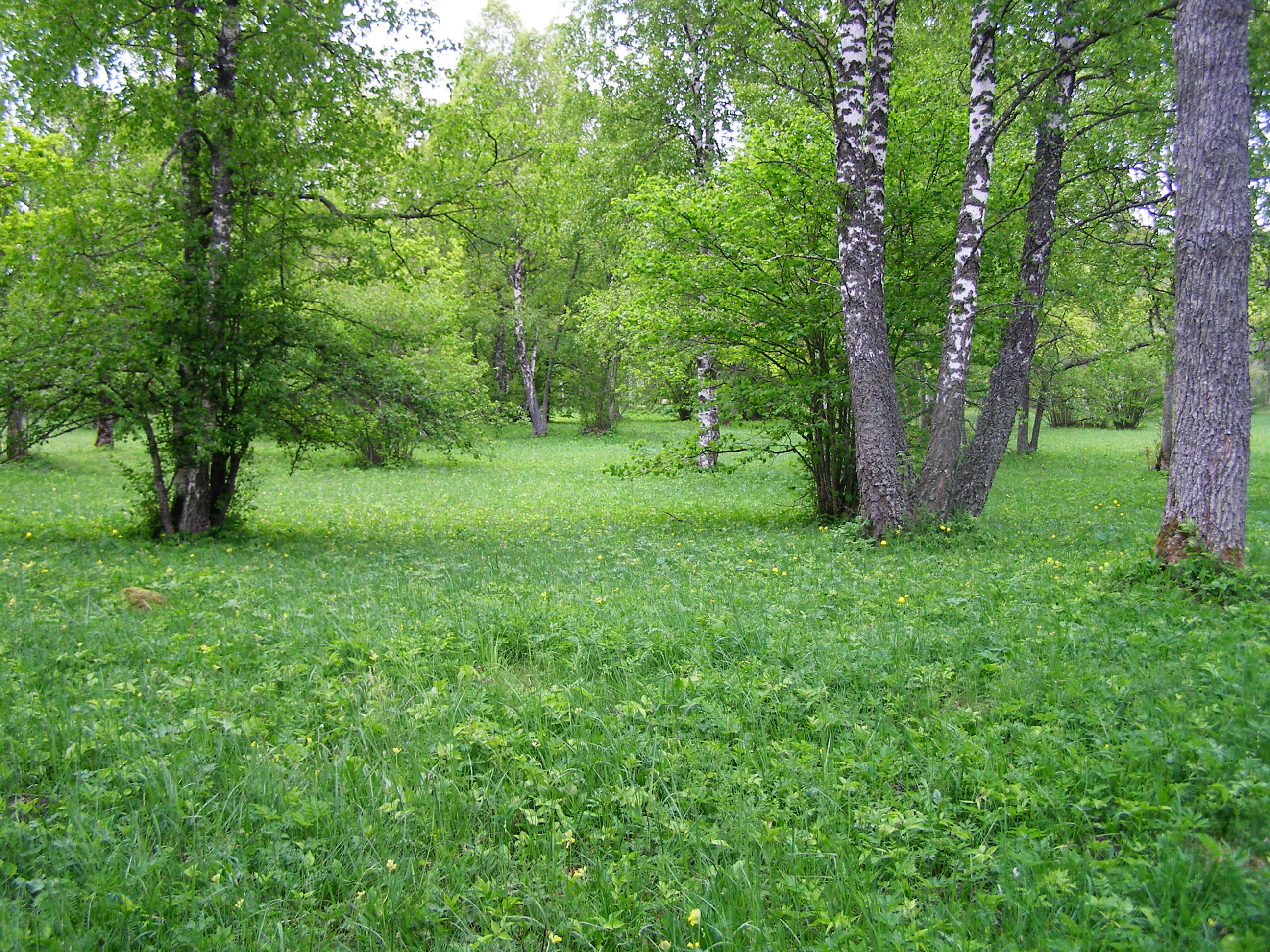Wooded Meadow on:
[Wikipedia]
[Google]
[Amazon]
 Wooded meadows (also named ''wood-meadows'', ''park meadows'', etc.) are
Wooded meadows (also named ''wood-meadows'', ''park meadows'', etc.) are
(pdf)
On wooded meadows at the ''Estonian Seminatural Community Conservation Association'' site
Ecology Grasslands Habitats Land management Meadows {{habitat-stub
ecosystem
An ecosystem (or ecological system) consists of all the organisms and the physical environment with which they interact. These biotic and abiotic components are linked together through nutrient cycles and energy flows. Energy enters the syste ...
s in temperate forest
A temperate forest is a forest found between the tropical and boreal regions, located in the temperate zone. It is the second largest biome on our planet, covering 25% of the world's forest area, only behind the boreal forest, which covers abou ...
regions. They are sparse natural stands with a regularly mown herbaceous layer
Stratification in the field of ecology refers to the vertical layering of a habitat; the arrangement of vegetation in layers. It classifies the layers (sing. ''stratum'', pl. ''strata'') of vegetation largely according to the different heights to w ...
.
While frequent throughout Europe during the Medieval period
In the history of Europe, the Middle Ages or medieval period lasted approximately from the late 5th to the late 15th centuries, similar to the post-classical period of global history. It began with the fall of the Western Roman Empire a ...
and before, wooded meadows have largely disappeared. Wooded meadows originated from the practices of hunter-gatherer communities. They were important in terms of social organization around a natural resource
Natural resources are resources that are drawn from nature and used with few modifications. This includes the sources of valued characteristics such as commercial and industrial use, aesthetic value, scientific interest and cultural value. ...
and determined much of the community's interactions with the natural world. In the early 20th century, wooded meadows were used for fruit cultivation in Sweden, however their prevalence has decreased substantially due to changes in land management and a movement toward more intensive types of agroecosystem
Agroecosystems are the ecosystems supporting the food production systems in our farms and gardens. As the name implies, at the core of an agroecosystem lies the human activity of agriculture. As such they are the basic unit of study in Agroecology ...
s. The more typical, calcicolous wooded meadows are common around the Baltic Sea
The Baltic Sea is an arm of the Atlantic Ocean that is enclosed by Denmark, Estonia, Finland, Germany, Latvia, Lithuania, Poland, Russia, Sweden and the North and Central European Plain.
The sea stretches from 53°N to 66°N latitude and ...
.
Wooded meadows have high species richness
Species richness is the number of different species represented in an ecological community, landscape or region. Species richness is simply a count of species, and it does not take into account the abundances of the species or their relative ab ...
. In some of the current Estonia
Estonia, formally the Republic of Estonia, is a country by the Baltic Sea in Northern Europe. It is bordered to the north by the Gulf of Finland across from Finland, to the west by the sea across from Sweden, to the south by Latvia, a ...
n wooded meadows, world record species densities have been recorded (up to 76 species of vascular plants
Vascular plants (), also called tracheophytes () or collectively Tracheophyta (), form a large group of land plants ( accepted known species) that have lignified tissues (the xylem) for conducting water and minerals throughout the plant. They ...
per square meter). Kukk, Toomas; Kull, Kalevi
Kalevi Kull (born 12 August 1952, Tartu) is a biosemiotics professor at the University of Tartu, Estonia.
He graduated from the University of Tartu in 1975. His earlier work dealt with ethology and field ecology. He has studied the mechanisms o ...
1997. Wooded Meadows uisniidud - ''Estonia Maritima'' 2: 1–249.
Literature
*Kull, Kalevi
Kalevi Kull (born 12 August 1952, Tartu) is a biosemiotics professor at the University of Tartu, Estonia.
He graduated from the University of Tartu in 1975. His earlier work dealt with ethology and field ecology. He has studied the mechanisms o ...
; Kukk, Toomas; Lotman, Aleksei 2003. When culture supports biodiversity: The case of wooded meadow. In: Roepstorff, Andreas; Bubandt, Nils; Kull, Kalevi (eds.) 2003. ''Imagining Nature: Practices of Cosmology and Identity''. Aarhus: Aarhus University Press, 76–96(pdf)
References
External links
On wooded meadows at the ''Estonian Seminatural Community Conservation Association'' site
Ecology Grasslands Habitats Land management Meadows {{habitat-stub